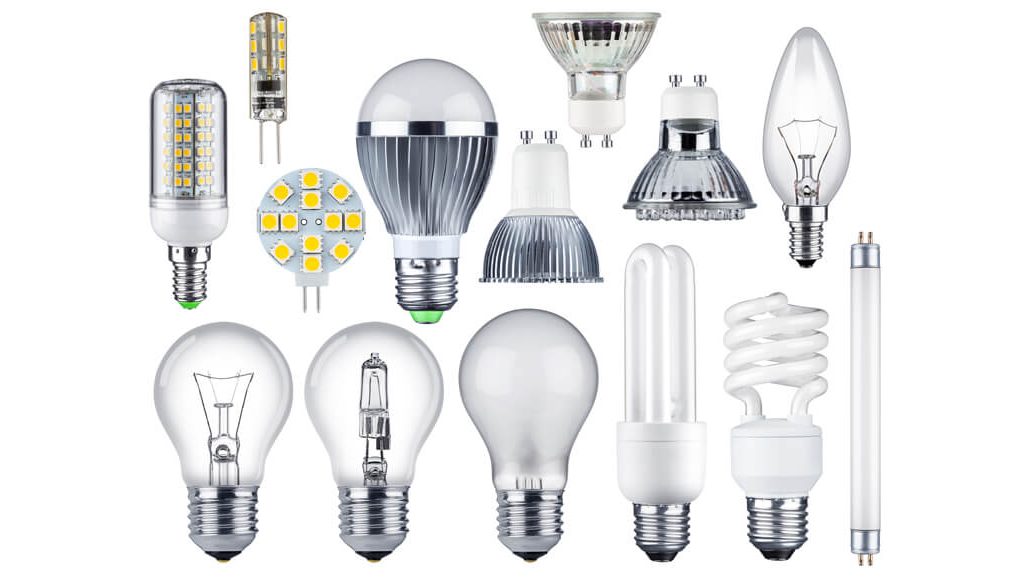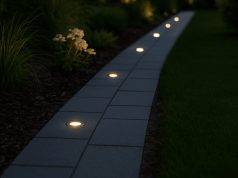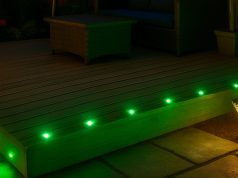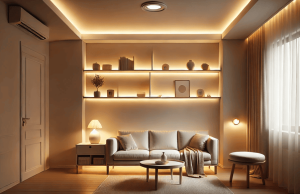What would it be like if lightbulbs were not invented? Without it, nothing would prompt the need to develop electricity. Without electricity, we would not have access to technology, and without technology, we will still be living in an era where gas lanterns and candles are the only way to see in the dark. Just imagine not having smartphones, laptops, the internet, and other devices and gadgets that make life convenient and fun! Lightbulbs may be a small fitting in your home, but the innovation they triggered is beyond your imagination!
Today, we see lightbulbs everywhere, in various forms, colours, shapes and sizes. They are a necessity for everyone to function efficiently and productively. You may not notice, but from the moment you wake up to the moment you go to bed, you’ll see a lightbulb in the ceiling illuminating your space. However, have you ever wondered how your lightbulbs came to be? Who were the brilliant minds who thought of creating a compact and versatile light source?
Who invented the lightbulb?
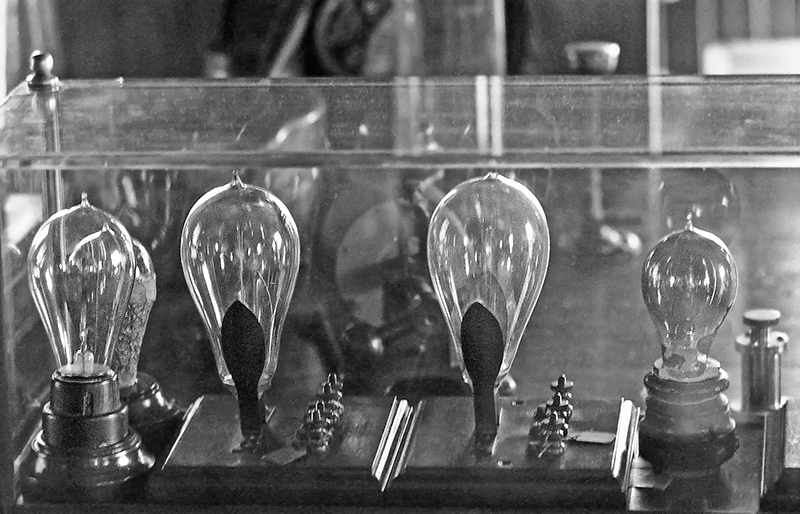
If you paid attention in class and remember the lessons of your year 4 teacher, you’ll know that Thomas Eddison, one of the greatest inventors in America, invented the very first lightbulb. However, he was not the first to think of the possibility of electric light. It was the British inventors who ignited the likelihood of electric light by inventing the arc lamp. In 1835, the demonstration of the first constant electric light took place. For many years, scientists worldwide worked on the incandescent bulb, dabbling with the filament (the part that produces light when heated by electricity) and the bulb’s atmosphere (whether air should be vacuumed out or filled with inert gas to stop the filament from burning out). Unfortunately, these early bulbs had an incredibly short lifespan, were very expensive to make, and consumed so much energy that it’d make your eyes water.
When Thomas Edison came into the picture, he and his researchers focused on refining the filament. They tested using carbon, then switched to platinum before once again reverting to a carbon filament. In October 1879, Edison and his team created a lightbulb with a carbonized filament of uncoated cotton thread, lasting about 14.5 hours. They tweaked and continued to experiment on the filament and used one made from bamboo, and it lasted for 1200 hours (this filament became the foreground of the Edison bulb for ten years)!
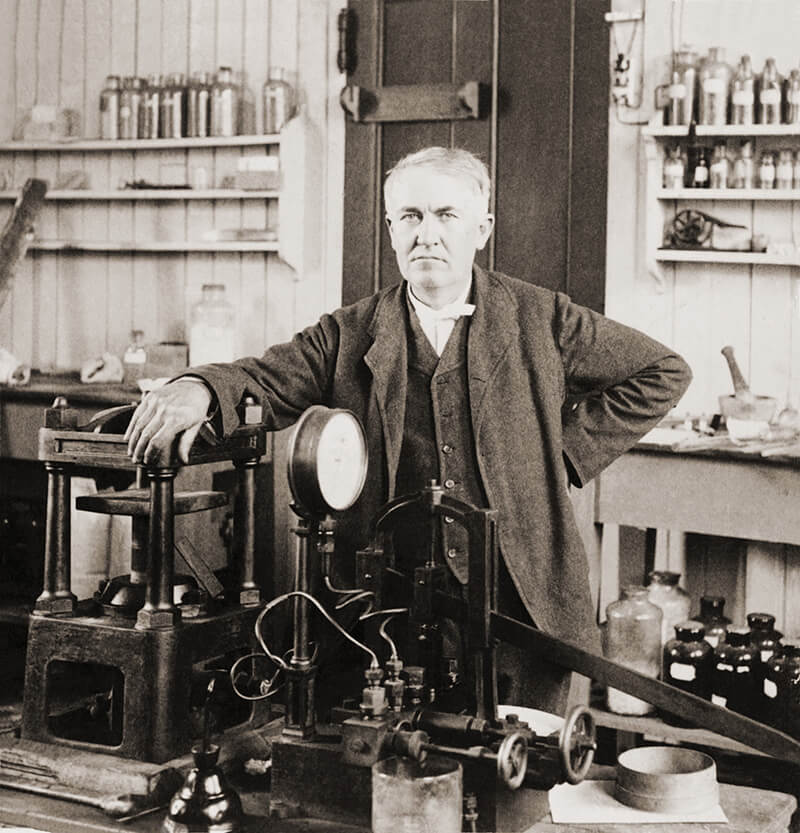
Aside from the filament, Edison also made other modifications to the lightbulb, including making a better vacuum pump to entirely remove the air from the inside of the bulb and enhancing the Edison screw to which is now a standard light socket fitting for many modern light bulbs. Also, he made various inventions that showed the practicality of lightbulbs, developed and improved electricity distribution and generation, started the first commercial power utility and made the first electricity meter.
When talking about the lightbulb’s invention, aside from Edison, one cannot go without mentioning William Sawyer and Albon Man, who acquired a patent for an incandescent lamp in the US and Joseph Swan, who had his lightbulb patent in England. Because of this, there are debates about whether Edison’s patent infringes on these inventors’ copyrights. In the end, Edison’s US lighting company merged with Thomson-Houston Electrical Company (makes incandescent bulbs using Sawyer-Man patent), forming General Electric, and Edison’s English lighting company merged with Swan’s company forming Ediswan in England.
While Edison continued to move forward and created the entire lighting system, other scientists continued making small enhancements in the filament production and the bulb’s efficiency. The next breakthrough happened when European investors invented the tungsten filament, making the lightbulb last longer and producing more brightness. In 1913, Irving Langmuir discovered that placing an inert gas (like nitrogen) inside the bulb can double its efficiency.
For 40 years, scientists continued to make improvements and modifications that reduced the cost of the bulbs and increased their efficiency. However, come the 1950s, researchers could still only figure out how to convert 10% of the energy the bulb consumes into light.
What happens after the invention of incandescent bulbs?
Because incandescent bulbs were not running efficiently, research on electric light continued to expand. In the 19th century, Heinrich Geissler (glassblower) and Julius Plücker (physician) discovered that it’s possible to produce light by expelling almost all the air out from a long glass tube and letting an electrical current pass through it. This invention became known as the Geissler tube (type of discharge lamp), but it did not gain popularity until the 20th century, when scientists looked for ways to enhance its lighting efficiency. Discharge lamps became the origin of many modern lighting technologies like low-pressure sodium lamps, fluorescent tubes, and neon lights.
In the 1890s, Thomas Edison and Nikola Tesla experimented on fluorescent lamps, but it was Peter Cooper Hewitt who made a breakthrough in the early 1900s. He made a blue-green light by letting electric current pass through mercury vapour and integrated a ballast (a device that’s connected to the tube that regulates the current flow). Although Hewitt’s fluorescent lamps were far more efficient than incandescent bulbs, they were not as versatile because of their colour.
European scientists started researching neon tubes covered with phosphorus in the late 1920s and early 1930s. These findings began further studies, and by the mid and late 1930s, these improved fluorescent lamps were being demonstrated at the New York World’s Fair. After that we jump to around 1976, the birth of compact fluorescent light (CFL) signalled a new dawn in the lighting industry. However, the first CFLs were pricey, bulky, didn’t fit well with fixtures, had low light output and were inconsistent in performance. Because of these setbacks, the technology was further developed, and since the 1990s, considerable improvements were seen in price, efficiency, and lifespan.
What comes next after fluorescents?
After years of research and development, the world was introduced to one of the fastest-evolving lighting technologies at present, light-emitting diodes (LEDs). LEDs are a solid-state type of lighting that uses semiconductors to convert energy into light and emit it in a specific direction, reducing the need for diffusers and reflectors, which ends up trapping light. LEDs are the brightest, most energy-efficient, longest-lasting lighting solution you can get currently, and it’s by far the most superior.
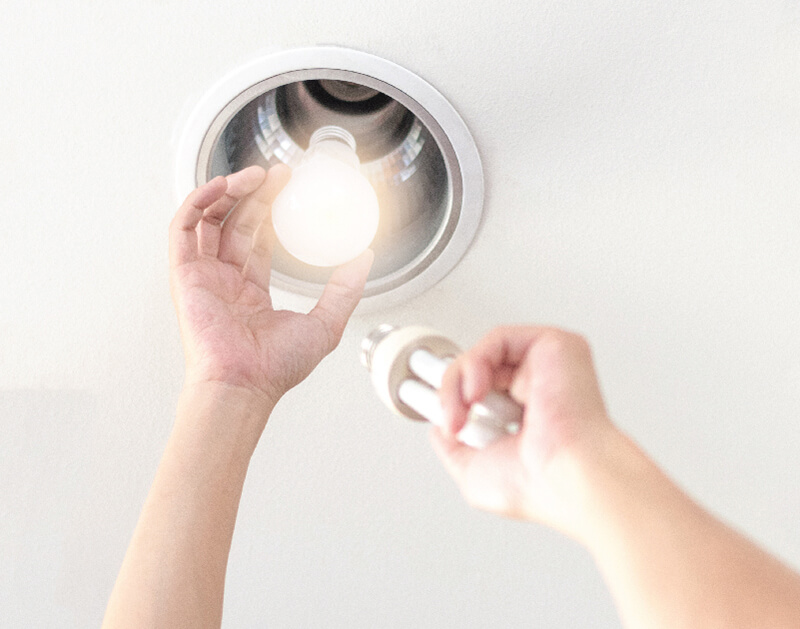
Now that you’re all caught up with the lightbulb’s history, look at what you have. Are you still using incandescent bulbs that draw loads of power without producing sufficient brightness? If that’s the case, then you should consider switching to LED lights! If you want to get the best LEDs on the market, check out our website Simple Lighting. We have an extensive collection of downlights, plinth lights, LED bulbs, and more!


